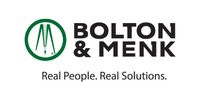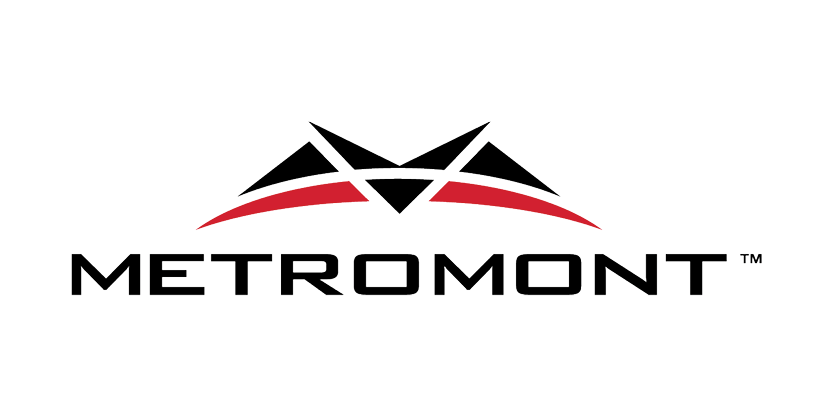Posted on September 29, 2017
 Millennials, Gen-Xers and baby boomers have distinct demographic profiles and approach jobs, debt and their living situations differently, Pew Research Center senior researcher Richard Fry, Ph.D., tells GlobeSt.com. Fry will be presenting the session “Piecing Together the Population Puzzle” during NAIOP’s CRE.Converge conference in Chicago Oct. 10-12. The session will dive into the patterns and predilections of demographics, related economics and what it all means for CRE. We spoke with Fry about how millennials’ characteristics have changed over time, how debt influences their living-situation decisions and how Gen-Xers, millennials and baby boomers differ in their economic perspectives.
Millennials, Gen-Xers and baby boomers have distinct demographic profiles and approach jobs, debt and their living situations differently, Pew Research Center senior researcher Richard Fry, Ph.D., tells GlobeSt.com. Fry will be presenting the session “Piecing Together the Population Puzzle” during NAIOP’s CRE.Converge conference in Chicago Oct. 10-12. The session will dive into the patterns and predilections of demographics, related economics and what it all means for CRE. We spoke with Fry about how millennials’ characteristics have changed over time, how debt influences their living-situation decisions and how Gen-Xers, millennials and baby boomers differ in their economic perspectives.
GlobeSt.com: What has changed about the characteristics of millennials over time?
Fry: The Pew Research Center currently defines millennials as adults ages 18 to 36. There are at least three things have changed for the millennials over time, and some of them will continue to change. Demographically, immigration has changed them and it is going to continue to have an impact on them. In 2015, the number of millennials in the US was about 75 million, and according to Census Bureau population projections, this number will peak in size to 81 million in 2036, so this group is still growing. The reason for this growth is when the US receives immigrants, they tend to be in the family or early-working years, and most arriving immigrants tend to be in the age range of 17 to 44—the young-adult years. So, millennials demographically are changing; they haven’t peaked in size yet and are going to continue to grow.







 Transportation infrastructure can have dramatic effects on the value of commercial real estate.
Transportation infrastructure can have dramatic effects on the value of commercial real estate. Employers in Plainfield, Indiana, are helping fund connector bus service that brings employees to local industrial parks.
Employers in Plainfield, Indiana, are helping fund connector bus service that brings employees to local industrial parks.




































